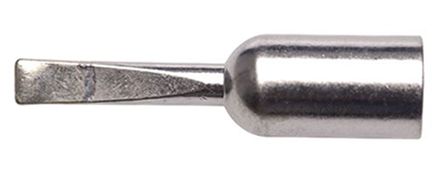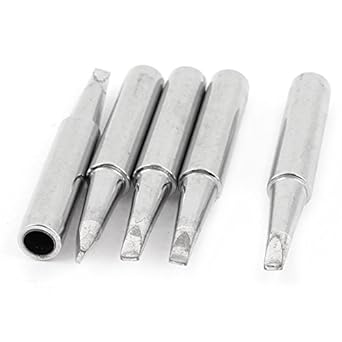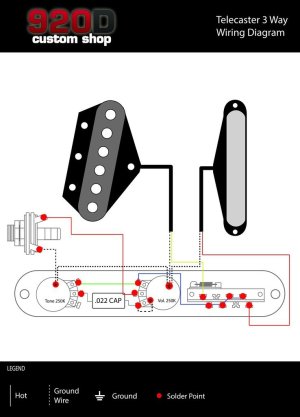There are a lotta irons out there. Myself, I prefer a simple "pencil" style iron like this
Weller unit...
I'd normally recommend this
American Beauty, but they're more for production use and so are kinda pricey. Last forever, though.
Those fancy units you see with the temperature controls and so on are a lotta gimcrackery designed to appeal to the geek in you, but don't have a lotta practical value. Their main utility usually is that they have a built-in stand, but you can buy
nice stands fairly cheap.
About 40 watts is a good size. 25 watts pencil irons will sometimes let you down when you're trying to solder on larger parts, and anything larger than 40 is probably not designed for electrical as much as mechanical soldering. They'd be too hot, and you risk burning components up.
For solder, you want a rosin core type, and it should be what's referred to as "eutectic", which is a 63/37 alloy. It has the advantage of a somewhat lower melting point and a fairly narrow "plastic" state, which helps prevent cold solder joints.
For a tip, I'll just paste in what I just posted somewhere else, in order to make this a complete answer...
The choice of soldering iron tip can make a lotta difference results/performance. Unless you're soldering in small parts to PC boards or small lugs on mini-switches, usually a fine tip will give you trouble. The problem is they lose heat very quickly due to their low mass. That means if you touch one to a larger part (like a pot housing or spring claw), the part acts like a heat sink and the temperature drop at the tip is too much to heat up the part and/or maintain solder in a molten state. Often, you end up holding the soldering iron on the part much longer than you should, potentially damaging components.
On the other hand, a larger chisel tip can burn up parts or insulation very quickly, which is also NFG.
An effective compromise is a screwdriver tip, like one of these...
It's a good general-purpose tip that will work in a wide variety of situations.







